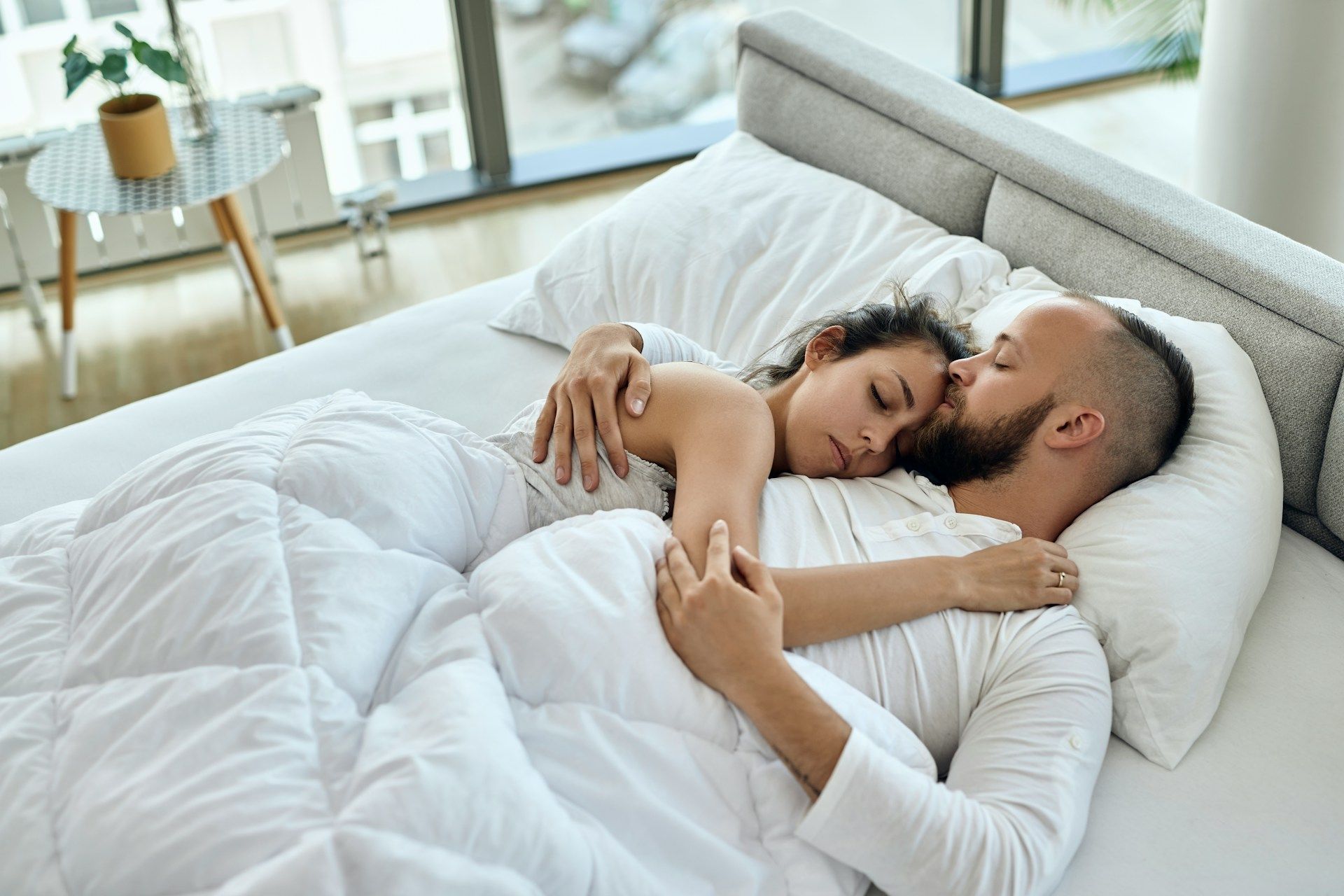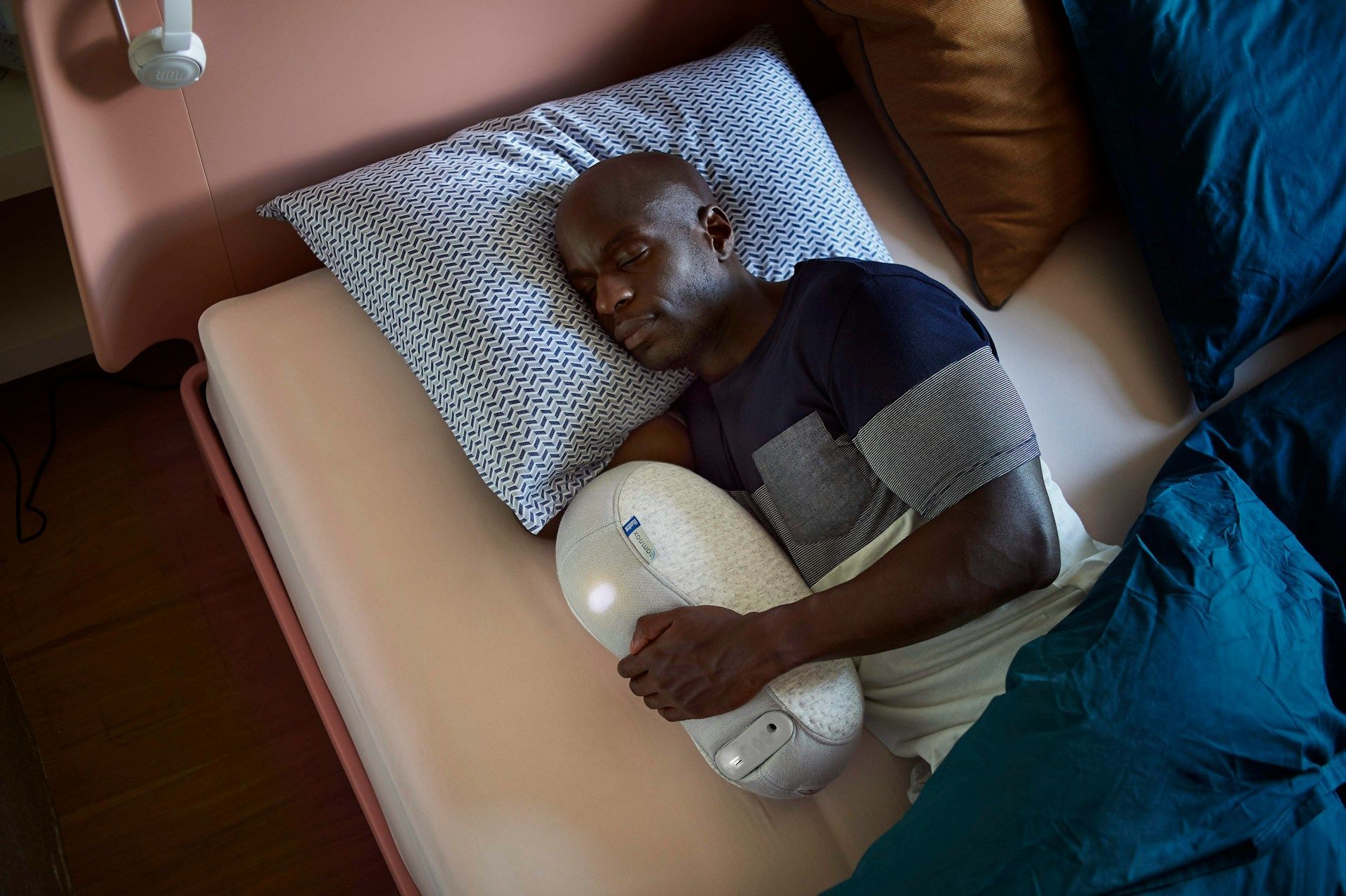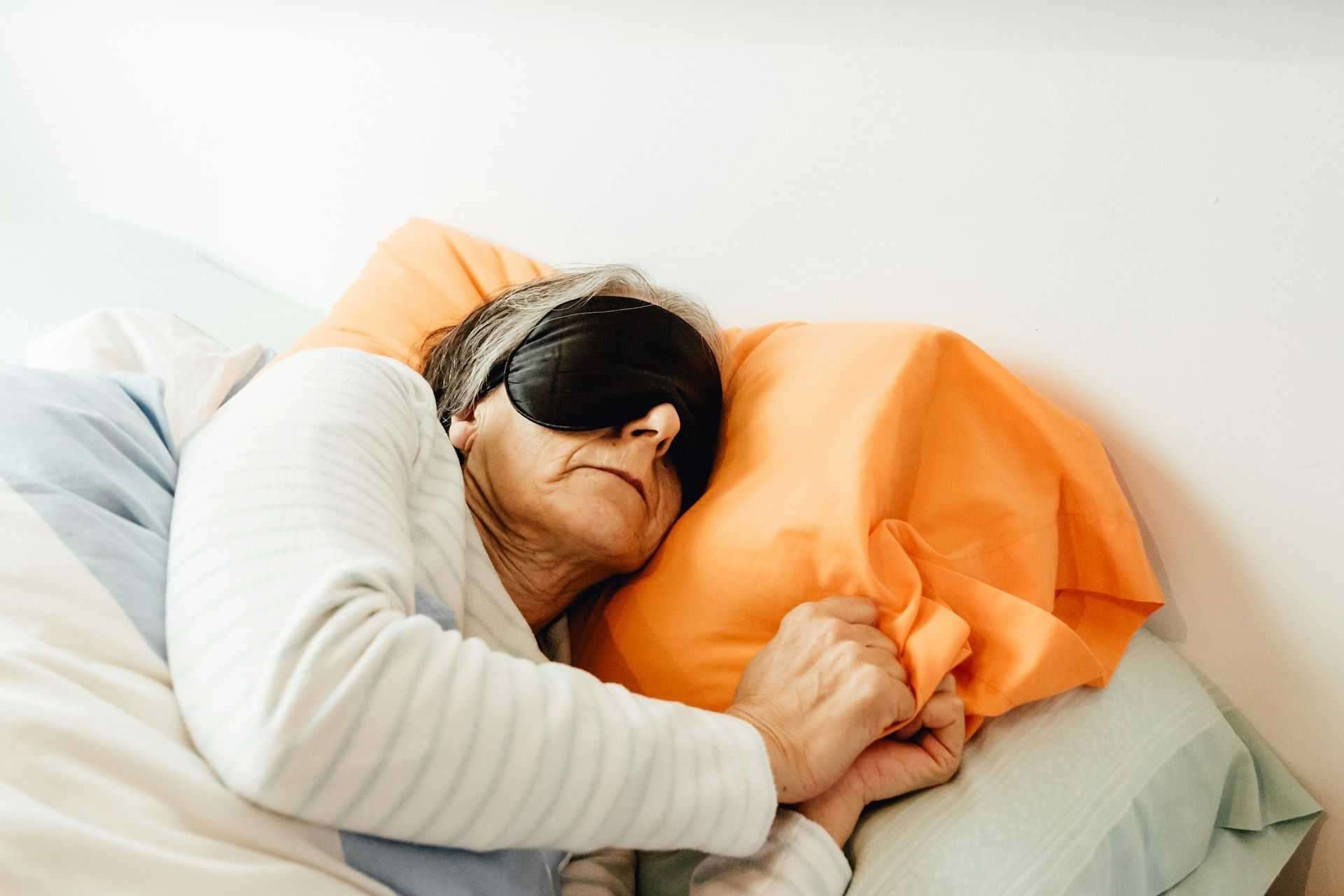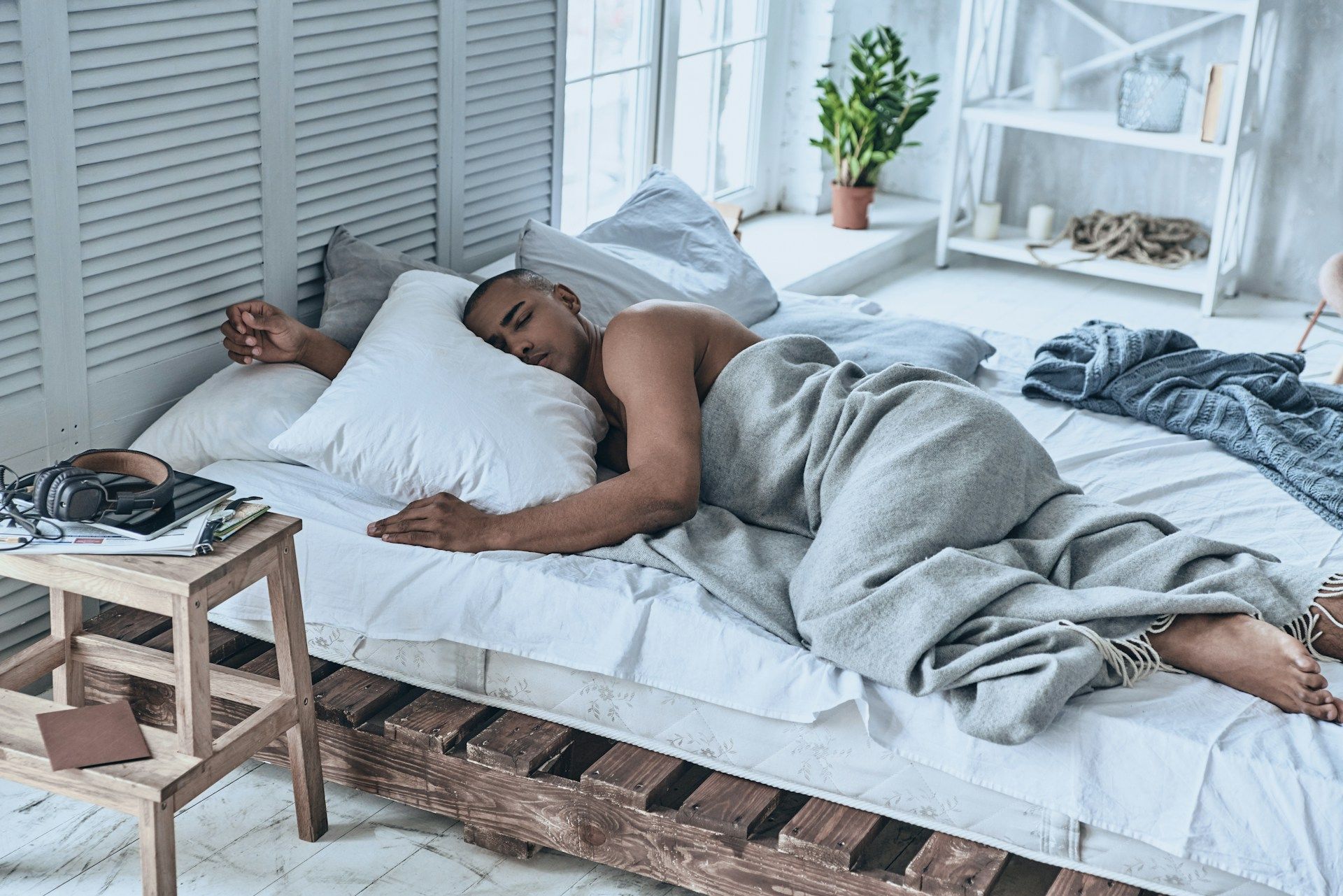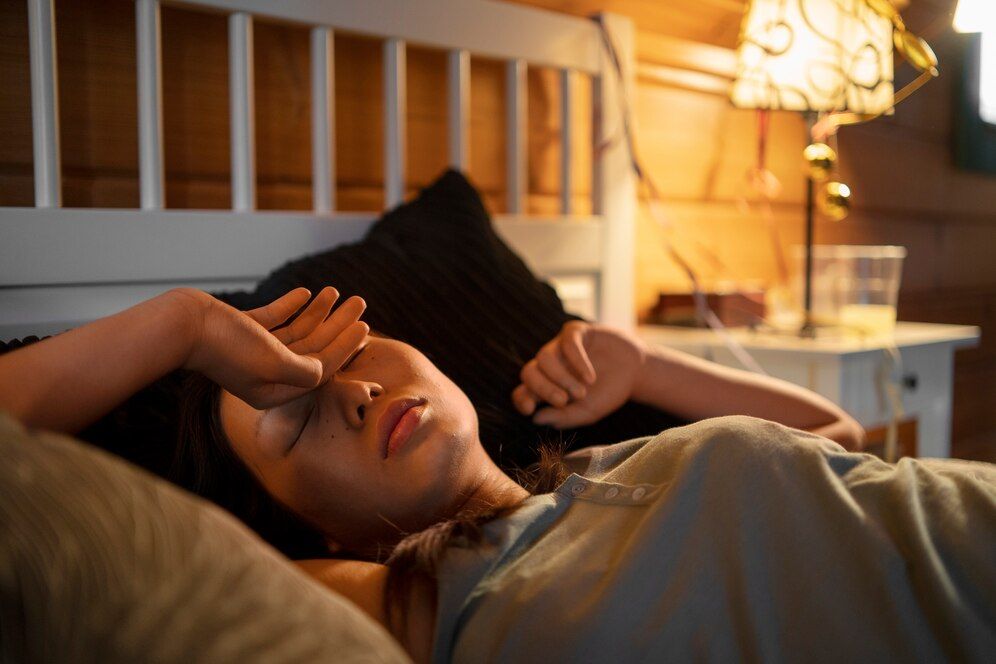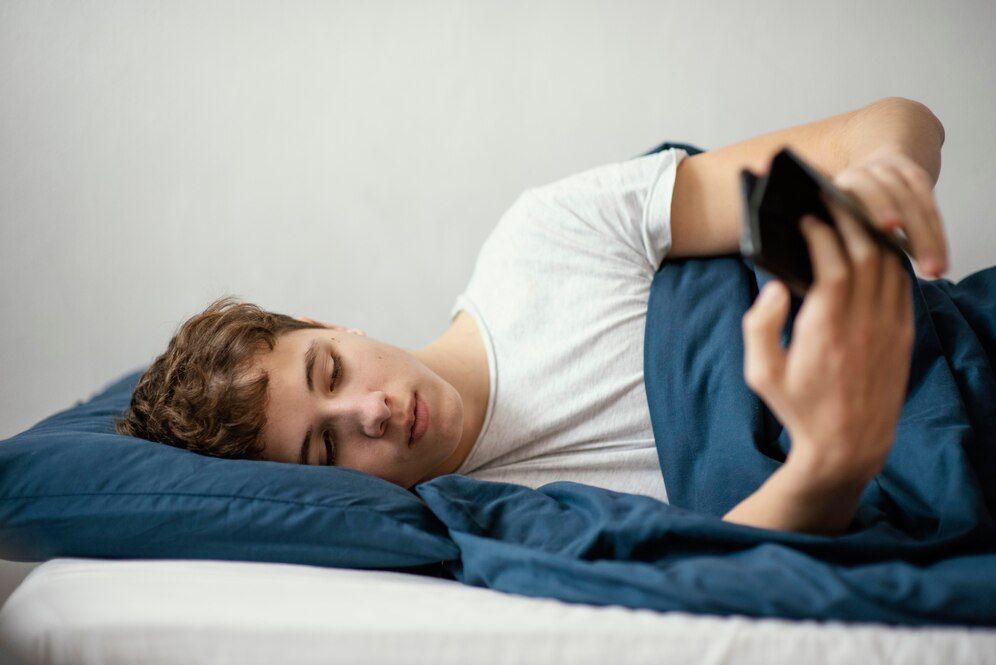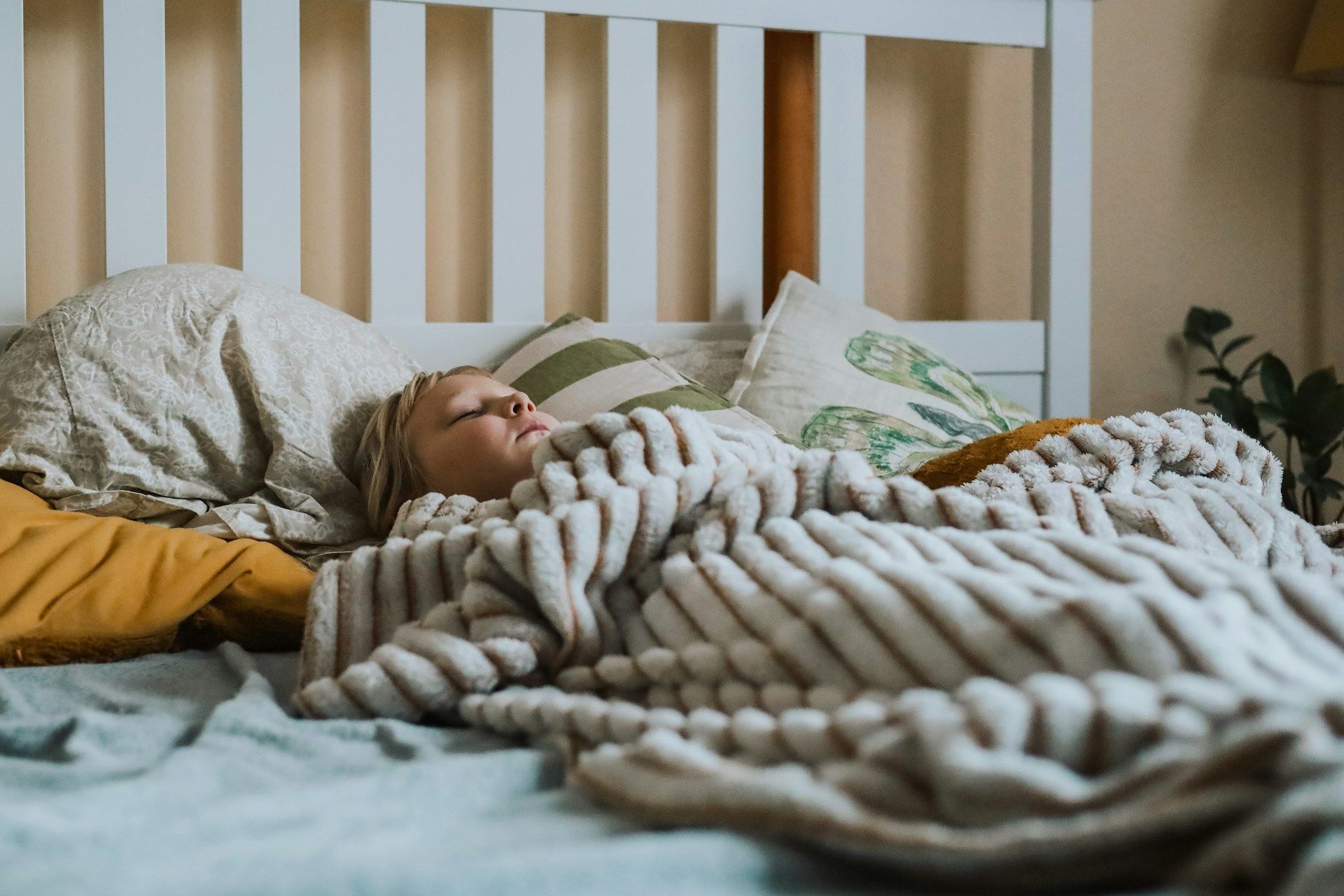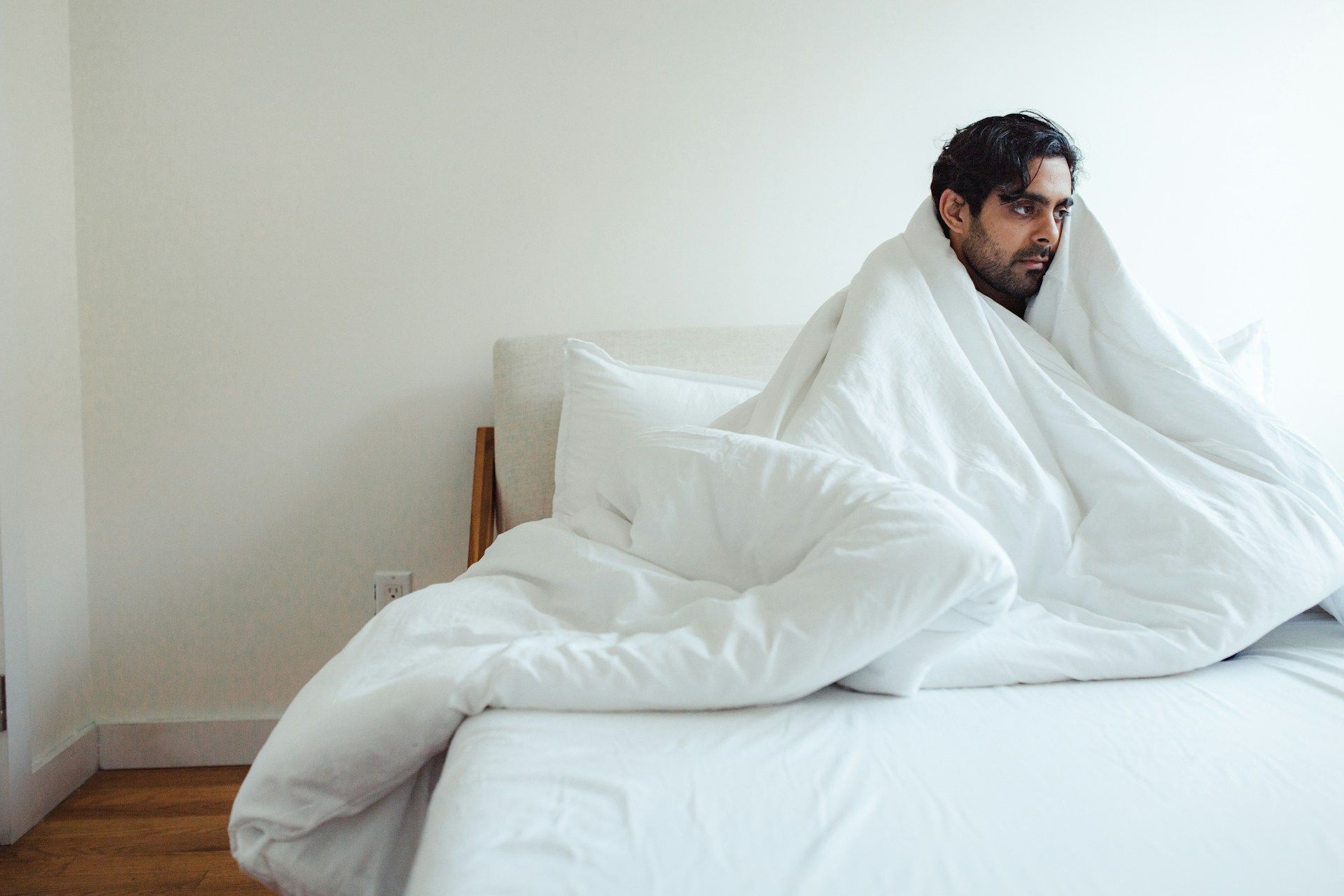Lifestyle Changes for Sleep Apnea Management: Tips for Healthier Sleep Habits
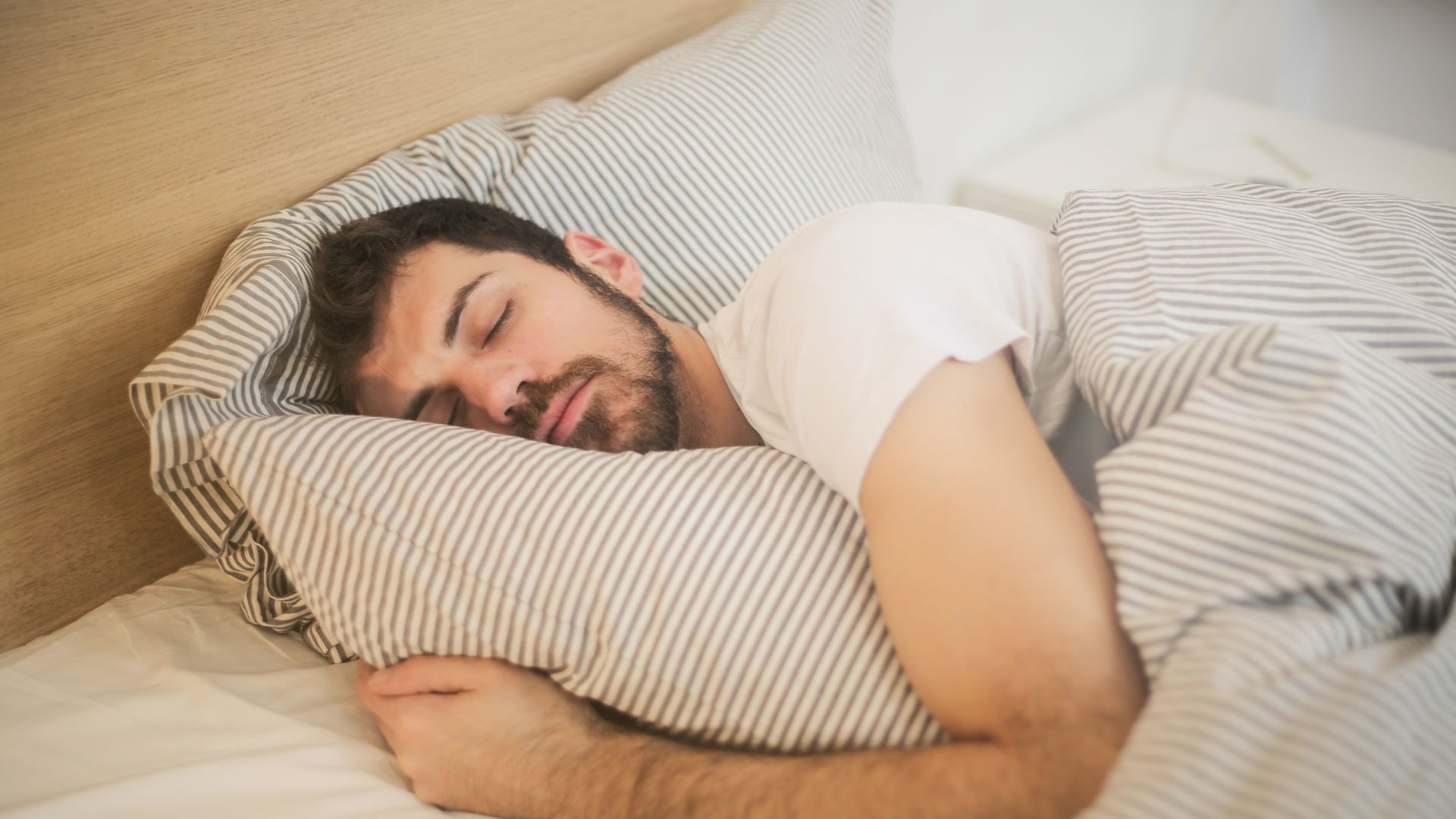
Sleep apnea is a prevalent and disruptive sleep disorder affecting countless individuals worldwide. Sleep Advantage is dedicated to offering essential sleep apnea treatment and support for patients in Arlington, WA, including those who struggle with snoring and are intolerant to CPAP therapy. While oral appliances and other treatments are vital, specific lifestyle changes can help complement these therapies and enhance the overall effectiveness of sleep apnea management.
This blog article delves into the importance and potential benefits of incorporating specific lifestyle modifications as part of a comprehensive sleep apnea management plan. By understanding and adopting healthier sleep habits, individuals can improve their sleep quality, reduce apnea symptoms, and promote overall well-being. Additionally, this article will emphasize the role of professional support from sleep specialists, like Sleep Advantage, in achieving a personalized and holistic treatment approach.
Weight Loss and Sleep Apnea
Excess weight is a significant contributing factor to sleep apnea, particularly obstructive sleep apnea (OSA). The extra fat tissue around the neck and airway can exacerbate breathing disruptions during sleep. Research indicates that losing even a small percentage of body weight can have a positive impact on sleep apnea symptoms:
- Assess your current weight and determine a healthy weight range in consultation with a medical professional.
- Establish realistic weight loss goals by setting incremental milestones.
- Consider working with a registered dietitian or nutritionist to develop a personalized meal plan.
- Regularly track your progress and celebrate small successes as motivation to continue your weight loss journey.
Regular Exercise for Sleep Health
Regular physical activity plays a crucial role in managing sleep apnea by promoting weight loss, reducing inflammation, and improving overall sleep quality. Engaging in at least 30 minutes of moderate exercise daily has been shown to help reduce the severity of sleep apnea symptoms:
- Choose enjoyable activities such as walking, jogging, cycling, swimming, or group exercise classes.
- Be consistent in your exercise routine by scheduling time for physical activity daily.
- Combine aerobic exercise with resistance training to tone muscles and maximize weight loss.
- Listen to your body and avoid overexertion. Modify your exercise routine as needed to prevent injury or fatigue.
Sleep Hygiene for Better Sleep
Improving sleep hygiene involves creating an environment and routine conducive to sound sleep. Incorporating healthy sleep habits can contribute to the reduction of sleep apnea symptoms and promote restorative rest:
- Create a consistent sleep schedule by going to bed and waking up at the same time each day, even on weekends.
- Develop a calming bedtime routine, such as reading, meditation, or taking a warm bath, to signal to your body that it's time to sleep.
- Keep your bedroom cool, dark, and quiet, using blackout curtains, earplugs, or a white noise machine if needed.
- Avoid stimulants like caffeine and nicotine close to bedtime, as well as electronic devices emitting blue light.
Adjusting Sleep Position
The way you sleep can impact the severity of sleep apnea symptoms. Certain sleeping positions can help reduce the frequency of breathing disruptions and improve overall sleep quality:
- Sleep on your side: Lying on your side helps prevent your tongue and soft tissues from collapsing to the back of your throat, reducing the risk of airway obstruction.
- Use a full-length body pillow: This can help maintain your side-sleeping position throughout the night.
- Elevate your head: Placing pillows or a foam wedge under your head and upper body can minimize gravity's impact on your airway, reducing the risk of obstruction.
- Avoid sleeping on your back: Back sleeping can cause the tongue and soft tissues to collapse to the back of the throat, increasing the likelihood of airway obstruction.
Combining Treatment and Lifestyle Changes
While incorporating lifestyle changes can help alleviate sleep apnea symptoms, it's crucial not to neglect the importance of professional treatment. Sleep apnea management typically involves a combination of therapies tailored to each individual's specific needs:
- Consult with a sleep doctor, you are welcome to come into Sleep Advantage in Arlington, WA, to receive a comprehensive evaluation and personalized treatment plan.
- Follow your treatment plan consistently, which may include oral appliance therapy, positional therapy, or, in some cases, CPAP.
- Communicate with your healthcare provider about any challenges or changes in your sleep patterns, ensuring your treatment plan remains current and effective.
Sleep apnea can significantly impact an individual's daily life and overall health. By integrating lifestyle changes—like weight loss, regular exercise, improved sleep hygiene, and adjusting sleep position—with professional treatment, those affected by sleep apnea can experience a notable improvement in sleep quality and well-being. Sleep Advantage is committed to supporting patients in their journey to better sleep and improved health, offering personalized care and comprehensive sleep treatment options in Arlington, WA. By approaching sleep apnea management through a combination of therapies and lifestyle adjustments, individuals can actively and effectively address this prevalent sleep disorder.
Disclaimer: Our blog articles serve to educate readers about various treatment options for sleep apnea and TMJ disorders. It's important to understand that while we discuss multiple treatments in our posts, not all of these options may be accessible at our clinic. We encourage you to reach out and schedule a consultation with us. This way, we can carefully devise a personalized treatment plan that caters to your specific needs.

